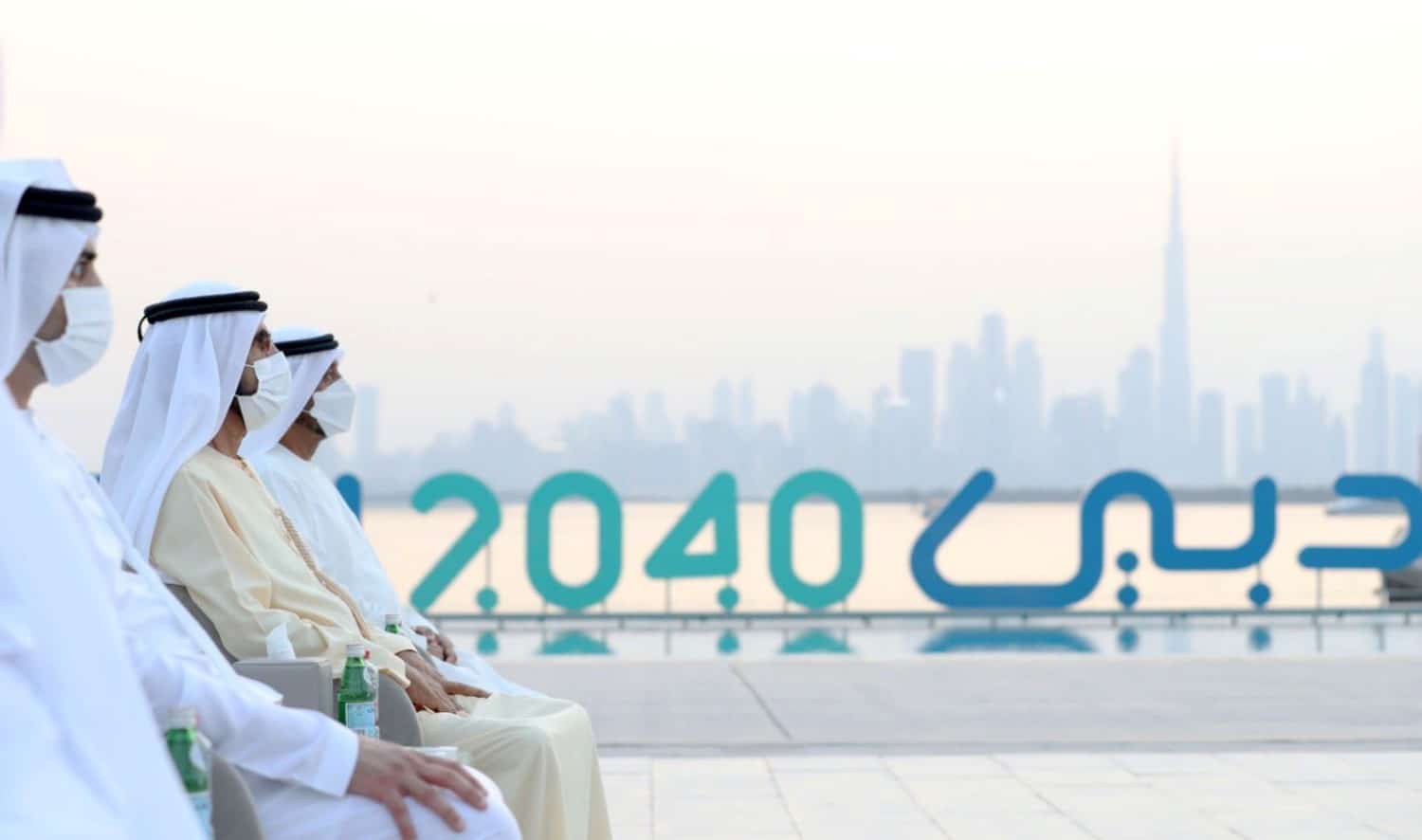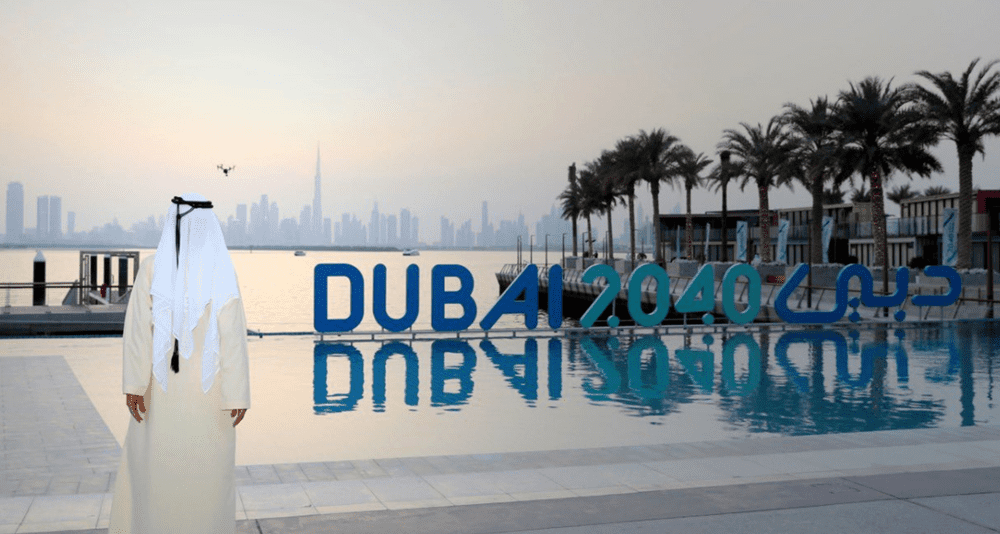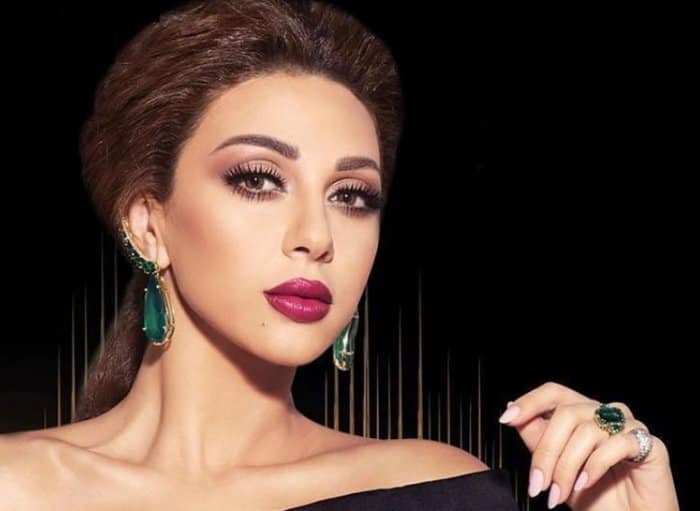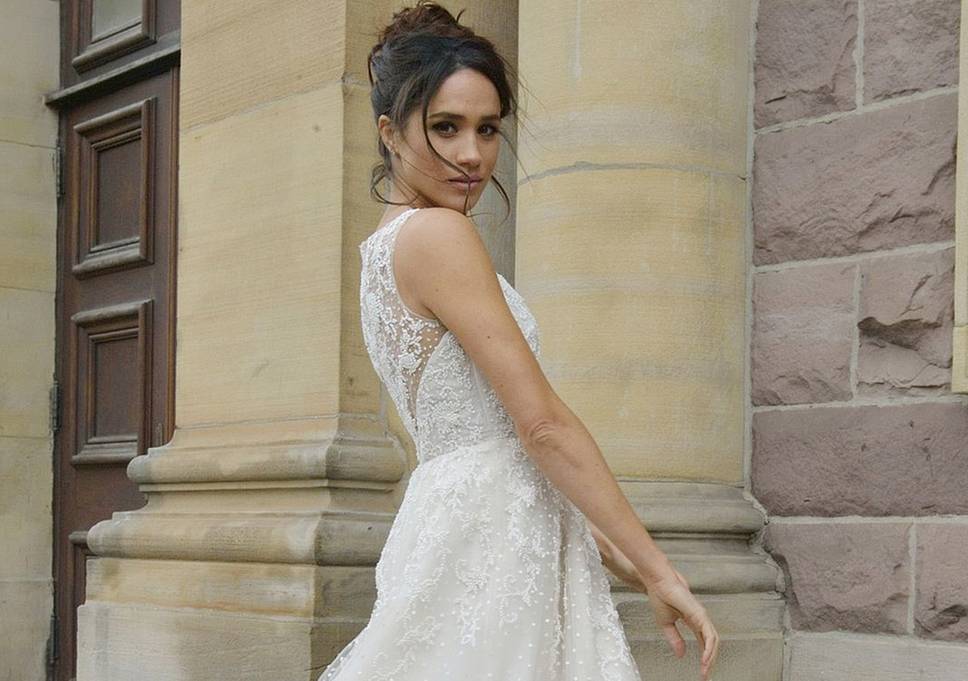Mohammed bin Rashid directs Dubai, the best city to live in the world

Sheikh Mohammed bin Rashid Al Maktoum, Vice President and Prime Minister of the UAE and Ruler of Dubai, directed that Dubai be the best city for life in the world.
Sheikh Mohammed bin Rashid Al Maktoum said that the development renaissance founded by the late Sheikh Rashid bin Saeed Al Maktoum, may his soul rest in peace, in Dubai since the sixties of the last century continues to achieve its ambitious goals that do not know a ceiling for excellence, with Dubai continuing to implement plans And development strategies that put human happiness, well-being and stability at the forefront of priorities.

He stressed the adoption of a working method based on inspiration from international best practices while aligning them in line with the needs of society and ensuring for its members a future that lives up to their expectations and even goes beyond them.
This came on the occasion of the launch of the "Dubai Urban Plan 2040" by Sheikh Mohammed bin Rashid Al Maktoum, Vice President and Prime Minister of the UAE and Ruler of Dubai, in the presence of Sheikh Maktoum bin Mohammed bin Rashid Al Maktoum, Deputy Ruler of Dubai, and Sheikh Ahmed bin Saeed Al Maktoum, Chairman of the Dubai Authority Dubai Civil Aviation, Chief Executive of the Emirates Group, Sheikh Ahmed bin Mohammed bin Rashid Al Maktoum, Chairman of the Dubai Media Council, Chairman and members of the Higher Committee of the Dubai Urban Plan 2040, and a number of Dubai government officials.
His Highness Sheikh Mohammed bin Rashid Al Maktoum said: “We continue to work to complete a global development model whose goal is the well-being of society, empowering its members and motivating them to innovate and succeed by creating an ideal environment that meets their requirements and provides them with the space to unleash their latent energies, so that everyone can be a positive partner in our ambitious march towards the future we aspire to.” .

He added: "Proper planning based on careful analysis of data and complete flexibility in keeping pace with changes was our way to lead in many global indicators, and our goal today is to be at the highest levels of leadership globally and within all fields.. Challenges towards tomorrow bring happiness to all.”

Seventh plan
Sheikh Mohammed bin Rashid Al Maktoum and his companions were briefed on the most important axes of the Dubai Urban Plan 2040, which is considered the seventh in the history of the Emirate of Dubai. The first plan was launched during the era of the founder of modern Dubai, Sheikh Rashid bin Saeed Al Maktoum, in 1960, when Dubai witnessed during the period from 1960 to 2020, its population increased by about 80 times, as its number increased from 40 people in 1960 to about 3.3 million people at the end of 2020. While the urban and built-up area doubled by about 170 times, and increased from 3.2 square kilometers to 1490 square kilometers in same period.
The launch of the Urban Plan 2040 coincides with the year XNUMX, and in line with its objectives, as it draws an integrated future map for sustainable urban development, with the main focus of which is the human being, improving the quality of life in the Emirate of Dubai, enhancing the global competitiveness of the Emirate, and contributing to providing multiple options for residents and visitors during the next twenty years. , to achieve the vision of Sheikh Rashid bin Saeed Al Maktoum, “Dubai to be the best city for living and life by providing the best facilities for the best city in the world.”
Sheikh Mohammed bin Rashid Al Maktoum listened to an explanation from the Higher Committee of the Dubai Urban Plan 2040 headed by Mattar Mohammed Al Tayer, Chairman of the Committee, Director General and Chairman of the Board of Executive Directors of the Roads and Transport Authority, on the most important axes of the Dubai Urban Plan 2040, according to which the structure of the urban area of the Emirate of Dubai was modernized. Focusing development around five major urban centers, three of which are existing, in addition to two new ones.
The attendees watched a short explanatory film that included the most important features of the plan and its objectives aimed at raising the efficiency of resource utilization, developing vibrant and healthy communities, doubling recreational green spaces and parks to provide a healthy environment for residents and visitors, providing sustainable and flexible transportation options, raising the efficiency of land use to support economic activities and promoting the attraction of foreign investments. In new sectors, improving environmental sustainability, preserving natural and built features, protecting cultural and urban heritage, in addition to implementing legislation and planning governance.
Sheikh Mohammed bin Rashid Al Maktoum listened to an explanation from Mattar Mohammed Al Tayer, Chairman of the Higher Committee of the Dubai Urban Plan 2040, Director General and Chairman of the Board of Directors of the Roads and Transport Authority, about the final outputs of the plan, which were developed based on His Highness’ vision and the eight principles of Dubai, so that the vision of the plan is “Dubai City” The best life in the world.”
The urban plan includes a strategic structural plan for the Emirate of Dubai for the next twenty years, regulating the urban planning sector and the areas and uses of land, with the aim of integrating all the master plans for urban development in the Emirate, aligning with economic and strategic directions, optimizing the use of infrastructure, and supporting future growth and development.
At the conclusion of the launch ceremony of the Dubai Urban Plan 2040, Sheikh Mohammed bin Rashid Al Maktoum signed the structural plan of the Dubai Urban Plan 2040, marking the start of its implementation, while souvenir photos were taken of His Highness on this occasion.
5 urban centers
The new plan includes focusing development and investment in five urban centers that contribute to supporting economic sectors, diversifying job opportunities, and providing housing needs and services.
The existing urban centers include: a historical and cultural center in the regions of Deira and Bur Dubai, with its museums, traditional and popular markets, and historical residential areas linked in the memory of Dubai residents and visitors.
The World Economic and Trade Center includes the Dubai International Financial Center, Sheikh Zayed Road, Business Bay, and the city center, and serves various economic and financial activities, while the tourism and entertainment center includes the Marina and Jumeirah Lakes Towers, and serves various economic and tourism activities.
The two new centers are the Expo 2020, which contributes to the development of the exhibitions, tourism and logistics sector, and the Dubai Silicon Oasis Center, which serves as an incubator for innovation and knowledge and contributes to developing the knowledge and technical economy sector and attracting talented and innovators.
6 levels of urbanization
The Dubai urban plan identified six levels of urbanization that follow a tiered structure of urban centers of multiple uses and densities that perform a specific function and a special role for population and functional communities within the scope of their service powers. The six levels included under the Emirate of Dubai, which cover all of its cities: the city, whose population ranges between one and a half million people, then the sector, whose population ranges from 300 to 400 people, after that comes the level of the region and its population was determined from 70 to 125 thousand people, followed by the complex, whose population ranges from 20 thousand to 30 thousand people, then the neighborhood, whose population ranges from 6000 to 12000 people, and finally the local neighborhood, which is the smallest level, and its population ranges between 2000 to 4000 people.
Based on these six levels, the level of infrastructure for the road and transport system, energy and government services such as hospitals, schools, service centers and others, as well as services and entertainment facilities to provide integrated service centers in all regions of Dubai with the expansion of the use of flexible and sustainable transportation, is determined.
population
According to studies, the number of residents residing in Dubai is expected to rise from 3.3 million in 2020 to 5.8 million in 2040, and the number of people during daylight hours will rise from 4.5 million in 2020 to 7.8 million in 2040, as the available spaces will be exploited within The limits of the current urban development line, and urban development will be concentrated within the existing urban area, and all the needs of the population will be provided through the development of integrated service centers in all areas of Dubai on foot, bicycle or sustainable transportation, and focus on raising the level of quality of life, and raising the density Population within the areas near the main mass transit stations.
Citizens Housing
The urban plan 2040 includes providing the future housing needs of citizens in integrated communities according to the best planning standards, including green spaces, commercial centers and recreational facilities, in a way that enhances the quality and well-being of citizens’ lives for more than 20 years, as the area of land allocated for citizens’ housing will reach 157 square kilometers in 2040. The plan includes re-housing citizens in the old areas to strengthen their connection with those areas.
quality of life
According to the plan, green and recreational spaces and public parks will be doubled, distributed to serve the largest number of residents, and a network of Green Corridors will be established linking service areas, residential areas and workplaces, to facilitate the movement of pedestrians, bicycles and sustainable transportation across the city, in coordination with developers and government agencies. The area of hotel and tourism activities will double by 134%, and the area of economic activities will increase to 168 square kilometers to enhance Dubai’s position as a global economic and logistical center, and increase the areas of land allocated for educational and health facilities by 25%, and the lengths of beaches open to the public will increase by 400% in 2040 .
Comprehensive urban planning law
The Dubai Urban Plan 2040 includes the issuance of an integrated and flexible urban planning law that supports sustainable development and development, takes into account the future directions of the emirate, and will include the governance of urban planning through the development of an integrated system for urban planning governance that ensures the regulation of the relationship and responsibilities between all concerned parties, as well as raising the efficiency of development and optimal utilization of infrastructure. , by promoting development within the existing spaces within the urban area, focusing on development directed to encourage mass transportation, walking, the use of bicycles and flexible means of transportation, and the creation of a unified planning database that supports the decision-making process and enhances transparency.
Hatta District
The Dubai Urban Plan 2040 includes the completion of the development plan for the Hatta region during the next twenty years, and includes the development of an integrated development plan for the region in line with the state’s direction towards encouraging domestic tourism and working to attract more foreign tourism, by enhancing the attractiveness of the Hatta region and its natural and heritage components, and preserving on the sustainability of its environment.
According to the plan, the nature of the Hatta region will be preserved, developed and reconstructed with the participation of the private sector and will provide opportunities to encourage and support local national projects for the people of the region, in a way that supports the revitalization of tourism and encourage entrepreneurs according to controls to preserve its nature and distinctive identity, in addition to developing integrated housing complexes for citizens that meet their current and future needs. .






